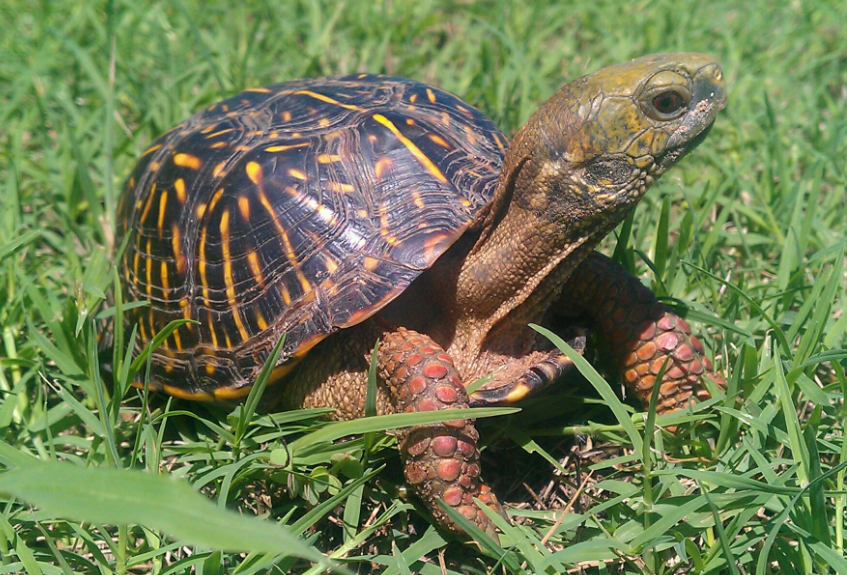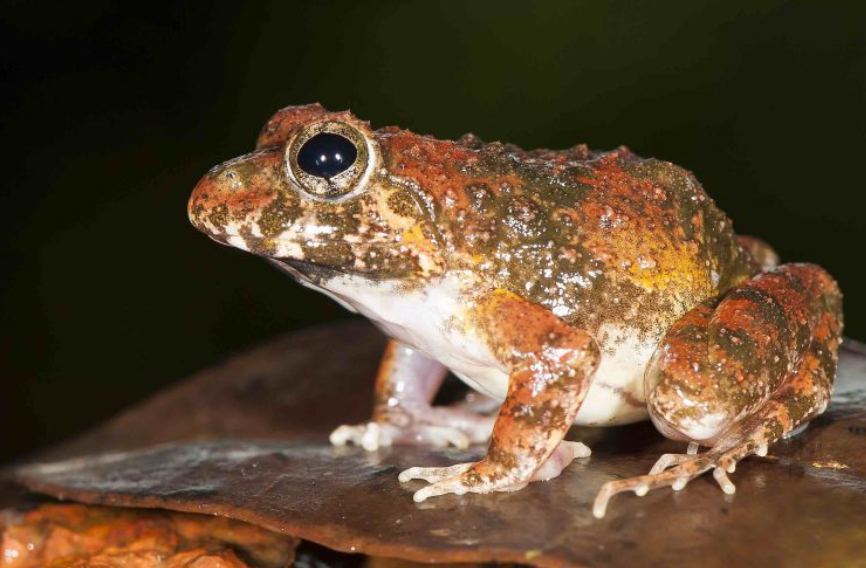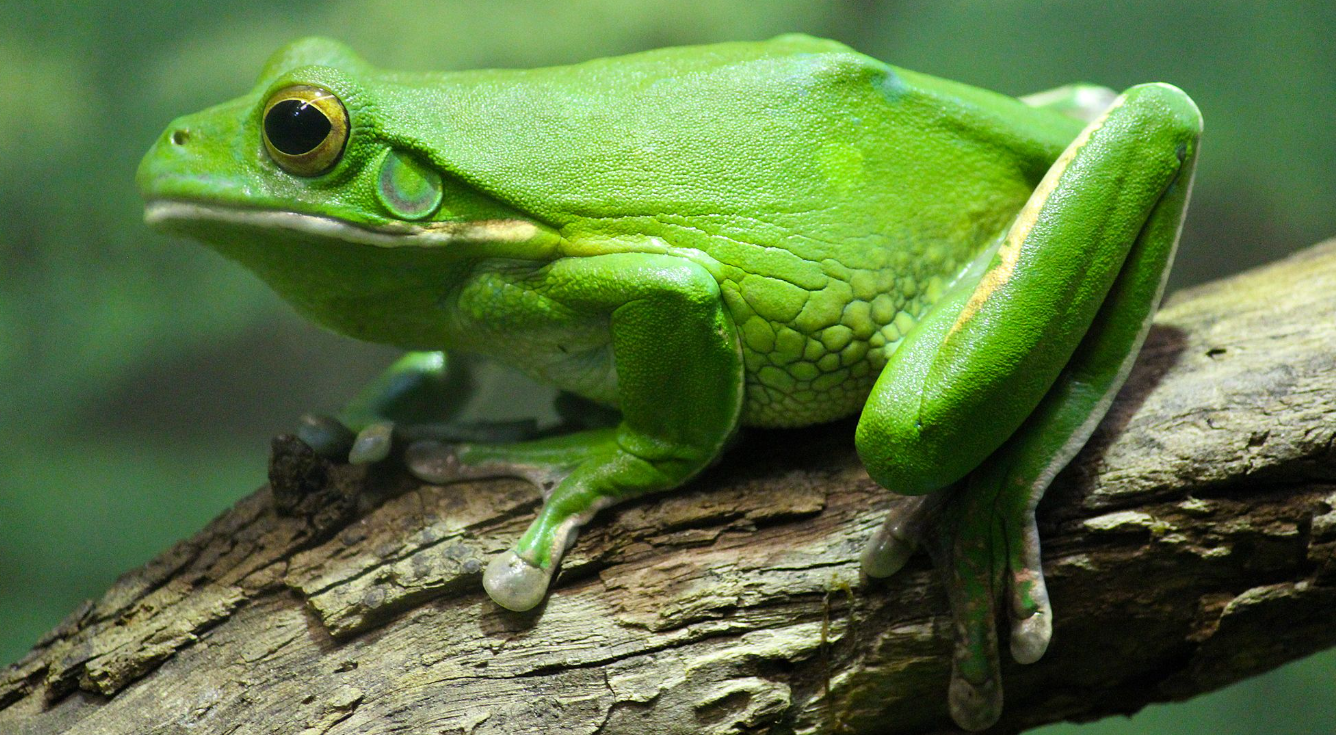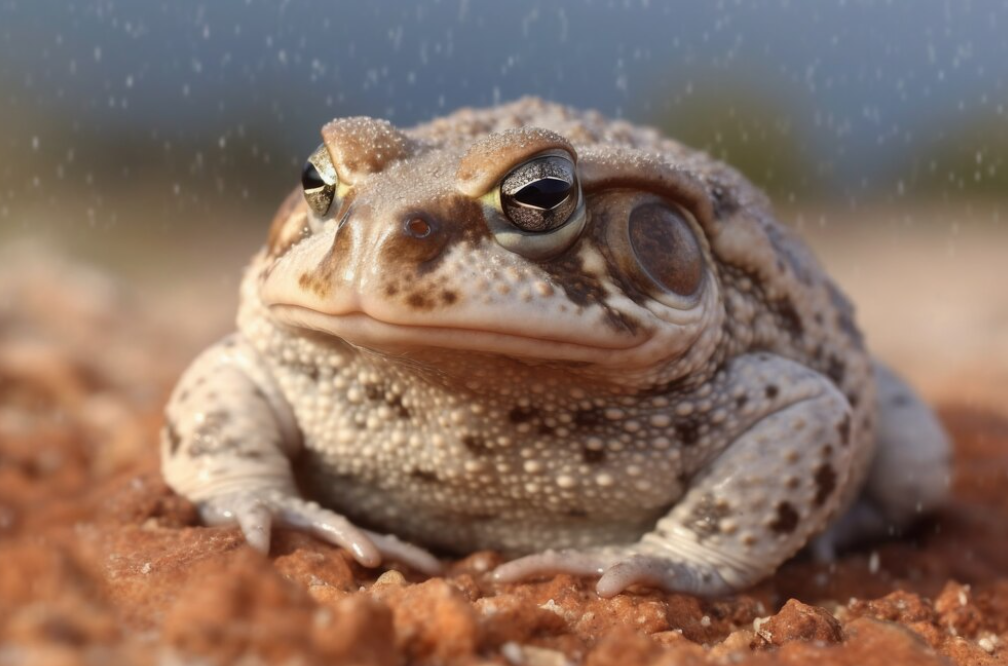
Quick Top 10 Facts about African Clawed Frog
| SCIENTIFIC NAME | Xenopus laevis (African Clawed Frog) |
| CLASSIFICATION | KINGDOM: Animalia CLASS: Amphibia ORDER: Anura FAMILY: Pipidae PHYLUM: Chordata GENUS: Xenopus |
| SIZE | Length: 10–12 cm (4–5 inches) Weight: 20–60 g (0.7–2.1 oz) |
| HABITAT | Freshwater lakes, ponds, and slow-moving rivers in Sub-Saharan Africa |
| DIET | Omnivorous – Feeds on invertebrates, small fish, detritus, and plant material |
| SPECIES | African Clawed Frog (*Xenopus laevis*) – widely used in scientific research and popular in pet trade |
| COUNTRY | Native to a wide range of countries in Sub-Saharan Africa, including South Africa, Sudan, and Tanzania |
| GESTATION PERIOD | Females lay eggs that hatch in 2–3 days into tadpoles, which take several months to mature |
| LIFE SPAN | Up to 15 years in captivity, though usually shorter in the wild |
| CONSERVATION STATUS | Least Concern – Common in the wild and in captivity, though populations may be affected by habitat destruction |
African Clawed Frog (Xenopus laevis) as a unique amphibian species
Xenopus laevis, the scientific name for the African Clawed Frog, is a fascinating amphibian that is indigenous to sub-Saharan Africa. These frogs are distinguished by their distinct physical features, which include their webbed feet that resemble claws and give them their name. In nature, their olive green to brown skin tones enable them to blend in with their environment thanks to their smooth, slimy skin.
Distinctive physical characteristics, such as its clawed feet and lack of a tongue
The capacity of African clawed frogs to breathe through their skin is an intriguing fact. Their absence of a vocal sac and external eardrums prevents them from generating croaking noises, unlike most other frogs. Rather, they exchange messages via a sequence of clicks and body language. Additionally, these frogs possess a unique device resembling a lung called a buccal pump, which enables them to absorb oxygen from the surrounding air when near the water’s surface.
Natural habitat of the African Clawed Frog: freshwater bodies such as rivers, lakes, and ponds
Clawed African Because of their remarkable adaptability, frogs may live in a wide range of aquatic environments, such as ponds, rivers, and even still bodies of water. They are opportunistic feeders with a ravenous appetite that allows them to devour a variety of species, including insects, tiny fish, crustaceans, and even other frogs. With their unusual eating technique, these frogs toss items into their mouths using their specially designed tongues. They are effective hunters because of their excellent sense of smell and ability to locate food at a distance. Furthermore, some African Clawed Frogs may live up to 20 years in captivity due to their extended lifespan.
Fascinating facts about African Clawed Frogs
Xenopus laevis, the scientific name for the African Clawed Frog, is a unique amphibian that is indigenous to Sub-Saharan Africa. Because of its distinct qualities and ease of maintenance, this species has become more and more popular as a pet. We’ll look at some fascinating information regarding the African Clawed Frog below:
1. Distinctive physical characteristics: Clawed feet and lack of a tongue
The African Clawed Frog is distinguished from other frog species by its unique appearance. Its body is flattened, and its eyes and wide head are situated atop it. This frog has smooth, slimy skin that is typically olive green or brown in hue. Its name comes from the three short claws on each of its hind feet, which are one of its most distinguishing characteristics.
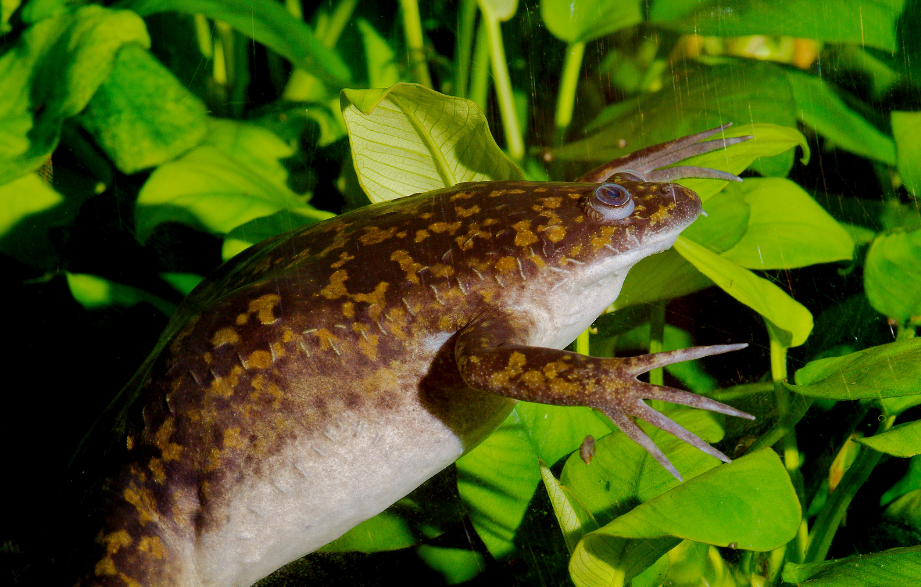
2. Habitat and Distribution: Freshwater The natural habitat of the African Clawed Frog
The majority of the African Clawed Frog’s life is spent in water, making it predominantly an aquatic species. Its streamlined body shape and webbed feet help it swim, making it ideally suited for this lifestyle. These frogs have strong hind legs that allow them to swim very well and move swiftly through the water. They can take in oxygen from the water because they have lungs as well, though they mostly breathe through their skin.
3. Feeding Behaviour: Frog’s carnivorous diet
The African Clawed Frog is a carnivorous species with a huge appetite. They will devour nearly anything that will fit in their mouths because they are opportunistic feeders. They mostly eat small invertebrates, like worms, crustaceans, and insects. Because they lack a true tongue, these frogs have a peculiar way of eating in which they push food into their mouths using their front legs.
4. Reproductive behaviour: breeding in warm
It’s fascinating to observe how African clawed frogs reproduce. They lack a vocal sac or call to entice mates, in contrast to most other frogs. Instead, to indicate that they are ready to mate, the males snap their hind legs together, creating a clicking sound. Hundreds of eggs are laid by the female, and the male fertilizes them externally. After that, the eggs are affixed to surfaces such as water plants until they hatch into tadpoles.
5. Specialised Sensory Modifications
In order to survive, the African Clawed Frog has developed a number of unusual sensory adaptations. Like fish, it can sense movement and vibrations in the water thanks to its lateral line system. The frog uses this to find prey and elude predators. These frogs can also recognise chemical cues in their surroundings thanks to a unique sensory organ known as the Jacobson’s organ.
6. Medical and Research Importance
Medical research has greatly benefited from the use of African clawed frogs. They are sensitive to the hormone human chorionic gonadotropin (hCG), which is why they were once commonly used for pregnancy tests. Moreover, research on the development and genetics of vertebrates has greatly benefited from their embryos. It is crucial to remember that this species’ introduction to new habitats has resulted in ecological issues in some areas.
African Clawed Frog widespread distribution due to human introduction
A fascinating amphibian with a variety of intriguing traits is the African Clawed Frog. This species never ceases to amaze scientists and pet lovers with its unusual look, aquatic lifestyle, and reproductive habits. We can appreciate the diversity and complexity of the natural world by being aware of these facts.
FAQ (frequently asked questions) about African Clawed Frog
Q: What is an African Clawed Frog?
Ans: The African Clawed Frog (Xenopus laevis) is an aquatic frog species native to sub-Saharan Africa. Known for its ability to survive in diverse aquatic environments, it has distinctive claws on its hind feet.
Q: Where do African Clawed Frogs live?
Ans: African Clawed Frogs are found in a variety of aquatic habitats, including lakes, rivers, and ponds, often in slow-moving waters with abundant vegetation. They are widely distributed across sub-Saharan Africa.
Q: What do African Clawed Frogs eat?
Ans: These frogs are carnivorous and primarily feed on small invertebrates, such as insects, worms, and crustaceans, as well as smaller fish and amphibians.
Q: How do African Clawed Frogs defend themselves?
Ans: African Clawed Frogs rely on their ability to swim quickly and hide in mud or vegetation to avoid predators. They also have the ability to burrow into the substrate to stay hidden.
Q: How do African Clawed Frogs reproduce?
Ans: African Clawed Frogs reproduce through external fertilization. During breeding season, females lay eggs in water, which are fertilized by the male. The eggs hatch into tadpoles before transforming into adult frogs.
Q: Are African Clawed Frogs endangered?
Ans: No, African Clawed Frogs are not considered endangered. They are listed as “Least Concern” by the IUCN due to their wide distribution and adaptability to different aquatic environments.
Q: How long do African Clawed Frogs live?
Ans: African Clawed Frogs can live up to 15 years in captivity with proper care. In the wild, their lifespan may be shorter due to predation and environmental factors.
Q: What are the characteristics of African Clawed Frogs?
Ans: They have a robust, smooth body with a gray-green to brown coloration. Their most distinctive feature is their claws on the hind feet, which they use for digging and moving in the water.
Q: Can African Clawed Frogs be kept as pets?
Ans: Yes, African Clawed Frogs are popular pets in aquariums due to their hardy nature and unique appearance. However, they require proper aquatic conditions, including clean water and space to swim.
Q: Why are African Clawed Frogs used in research?
Ans: African Clawed Frogs are commonly used in scientific research, especially in studies related to development, genetics, and amphibian physiology. Their easy breeding and transparent embryos make them ideal for laboratory experiments.
#AfricanClawedFrog, #ClawedFrog, #AquaticFrogs, #Amphibians, #FrogLovers, #Invertebrates, #AquaticAnimals, #PetFrogs, #ExoticPets, #FrogPhotography, #AmphibianConservation, #NatureLovers, #WildlifePhotography, #FrogLife, #FrogWorld
Our sources and references about African Clawed Frog
1: Wikipedia
2: Encyclopaedia Britannica
3: IUCN Red List
4: AmphibiaWeb
